The 3rd Asia-Pacific CBR Congress
Empowered Community: Connectivity and Disaster Risk Reduction Community Based DiDRR Experiences from Bangladesh. (September ? 2015)
Nazmul Bari
Director
Centre for Disability in Development (CDD), Bangladesh
nazmul.bari@yahoo.com
1.Introduction to the paper:
This paper presents experiences and learning of different projects on Disability inclusive Disaster Risk Reduction (DiDRR), implemented in Bangladesh by Centre for Disability in Development (CDD) in association with partner organization Gana Unnayan Kendra (GUK) and supported by different donors like CBM, Malteser International and Federal Ministry for Economic Cooperation and Development - Germany (BMZ).
This paper highlights the empowerment process of persons with disabilities and their communities to collectively reduce disaster risks in flood prone areas of Gaibandha district in Bangladesh. It portrays how persons with disabilities are organized and are leading community based disaster preparedness initiatives in their communities. It also highlights the linkages created with the local government, and with different developmental sectors like health & rehabilitation, water & sanitation, education and livelihood. It is also an example on how persons with disabilities can participate meaningfully if their capacities are built; opportunities are created and they are shown equal respect and dignity.
2.The context of Bangladesh: Disability and Disaster Scenario
Bangladesh is highly susceptible to natural hazards due to its geographical location, land characteristics, multiplicity of rivers and the monsoon climate. Natural and human induced hazards such as floods, cyclones, droughts, tidal surges, tornadoes, earthquakes, river erosion, fire, infrastructure collapse, high arsenic contents of ground water, water logging, water and soil salinity, are common. Climate change is an insurmountable threat for the country increasing community risks and vulnerability.
In Bangladesh, most of the persons with disabilities are out of economic and other development initiatives. They are often ‘extreme dependent poor’ and remain locked in a vicious cycle of ‘poverty and disability’. Very few persons with disabilities receive rehabilitation services & assistive devices, their challenges are compounded by the neglect and negative attitude held by others; most of them are not motivated and lack confidence on their own abilities. Women with disability in Bangladesh face a triple discrimination due to their disability, gender & poverty.
Bangladesh is well known for its experience on disaster management. But disaster management in Bangladesh is not inclusive. As a result people with disabilities are among the most at risk in disaster situations. Emergency response organizations and local government often have inadequate disability related information and their staff members / representatives are not trained on the issue. In addition, inadequate physical accessibility, loss or lack of mobility aids or appropriate assistance, and limited information on disability issues by disaster management sector lead to people with disabilities being excluded. The emergency relief system is not disability accessible. People with disabilities are less prepared as they have limited access to disaster preparedness information and capacity development initiatives. Besides, the DRR initiatives hardly consider disability issues during situational analysis and in planning, leading to community based initiatives that is not disability inclusive.
3.About CDD
Centre for Disability in Development (CDD) is working in Bangladesh since 1996 building capacity of development actors to change their attitude and mainstream disability issues into development ? health, education, DRR, WASH, local governance, livelihood, etc. CDD is also actively working in the empowerment process of persons with disabilities by building capacities of self help groups and DPOs; and by extending rehabilitation services to people with disabilities.
At country level CDD works with a pool of 300+ partner organizations, many of which are active in the disaster prone areas. Among many of its activities, CDD is working on disability inclusive disaster risk reduction in Bangladesh. This is and will remain a major area that CDD intend to focus in the years to come.
4.Projects actions
At the onset a situational analysis was conducted to assess the situation of persons with disability in general and in different phases of disasters, the knowledge and practice of local community on disability issues and on disaster risk reduction. The community and local stakeholders were informed on the project and their views were considered in different stages of the project.
Ward Disaster Management Committees (WDMCs) were formed with 25 community members in each committee. The members included persons with disabilities and women. Five tasks forces were formed within each WDMCs on different focused responsibilities. Women and persons with disabilities were also part of these tasks forces. These WDMCs regularly meet to discuss and plan on different activities. The WDMCs were also provided with Disaster Preparedness Kits, Search & Rescue and First Aid materials. DiDRR resource centres have been established jointly with local schools. Self Help Groups with persons with disabilities were formed. The members received a wide range of training on leadership, advocacy, group management, inclusive DRR, etc. These SHGs are a platform where persons with disabilities can network and support each other not only on DRR issues but also on their rights and inclusion.
Different training and orientation were organized for WDMC and Union Disaster Management Committee1 (UDMC) members to increase their knowledge and capacity on DiDRR. The community people were informed on disaster preparedness activities. Localized and disability friendly early warning mechanism were developed and put into practice in the community; for example flag poles, colour pillars and announcement by mike. To aware the community people on Disability and DRR; mock drills, court yard meetings, street theaters were performed in which persons with disabilities also participated. Posters, bill-board and stand boards were installed in the community.
The family members, neighbours and task force members received orientation on rescuing and evacuating people with disabilities. An accessible rescue boat was constructed to serve for emergency rescue and evacuation should there be any need for the community.
Members of WDMC were engaged with the implementation of project activities like location selection for community tube-well, collect soil from the community for construction of flood shelter, supervision of construction work, organize and participate in mock drill etc.
Capacity and Risks of the community was identified with the participation of community people including persons with disabilities. Risk Reduction Action plans were made for the project locations. Social maps were installed in the community. Family level Disaster Preparedness Plans have been developed after orienting the families in the project locations.
School teachers and students were orientated on DiDRR through training, arts, essay and quiz competitions. School Disaster Management Volunteers are formed with trained students and teachers. School wise safety and DiDRR plans have been developed.
To promote savings for use during disaster periods, coin boxes were distributed to 1,200 school children. The children are now practicing saving along with their family members. The cumulative savings amount is growing.
Persons with disabilities are engaged with livelihood activities after getting orientation on different trades and startup money. Trades were selected with the consultation of persons with disabilities and their previous experiences. Hazard risks were considered in trade selection process. The people with disabilities were also provided with therapeutic services including assistive devices.
Houses were re-constructed above flood level and made accessible so that the families and neighbours can take refuge at the time of flood. Ground level of local schools was raised with the support of the community as flood shelter. Accessible latrine, tube-well, and pathway were constructed in the shelter. Flood shelter management committees were formed and trained. Special attention were provided to the needs of people with disabilities, old age people, pregnant & breast feeding mothers and children. These constructions also gave ideas to the community people, local government and development actors about accessibility issues.
Extensive networking was made with local government at Union, sub-district and district level authorities. Advocacy and learning dissemination sessions were organized with the duty bearers where the lead was taken by the WDMC members and also the people with disabilities from the community. The local authorities and media was informed and invited for project visits and news was covered in local and national media. Information materials on learning and case stories were made during and after the project. These are being disseminated for learning sharing at national and international level.
Accessibility audit was conducted on a few key local government offices. Advocacy initiatives are undertaken with a mission to have these offices made accessible for persons with disabilities. One of the local government offices has already been made accessible.
The single most important advocacy campaign was for ‘Post 2015 DRR Policies and Practices to be Disability Inclusive’. Persons with disabilities and community people from the project locations played a key role by raising their voice at local, regional, national and international level.
5.Changes and learning:
Ward Disaster Management Committees and their readiness as a community:
Disaster management committees at ward (community) level were formed, one at each ward2. At least 30% members are women and 10% are persons with disabilities. They take initiatives if there is any disaster in the community. The WDMC is a critical structure at the ward level for many reasons: it provides local context disaster response, local representation, a structure for sustainability, a link to the government Union structure, the representation of women and disability inclusion, and provides volunteerism opportunities3.
Learning: If the community is informed & sensitized on disability and DRR issues, if they can realize the importance of considering disability in the whole spectrum of DRR, if their capacity is built, if a structure & opportunity is created for them to interact & work together with people with disabilities; then they can as a collective force create positive changes within their own community.
Participation and role of Self Help Groups (SHGs) and people with disabilities
SHGs were formed to act as a platform for persons with disabilities. Representatives of these SHGs are members of disaster management committees in the area. They also have good linkage with local government as well as the administration. They are active in local awareness raising, advocacy with local government, and in DiDRR activities. During the last flood they
Learning: People with disabilities have clearly demonstrated that if they are organized as a group and their capacity is built on the subject matter as well as on leadership, advocacy campaigning, and if they are initially supported to raise their voice, then gradually they grow in confidence and capabilities and contribute equally as any other citizens on DiDRR and development.
Involvement of local government and elected representatives
The Chairman of the union council (local government) and its members are very supportive to DiDRR initiatives. The union council within the project duration had co-opted a person with disability to the Local Government Disaster Management Committee to represent the views and opinions of people with disabilities. They are linking persons with disabilities with different development and social safety net schemes. They have also allocated some funds in its annual budget to support disability activities in relation to DRR.
Learning: Even if it takes time, but it is possible to get support of local government representatives by involving them in various activities from the beginning of the project initiation, highlighting their role & responsibilities as per Government policies, taking their opinions into consideration, orientating them on DiDRR, and by providing tangible support for persons with disabilities and the community people.
Contributions of the community
A significant focus of the project was on community mobilization. Most of the community people are now willing to include persons with disabilities into all social and development opportunities. Under the project two disability friendly flood shelters were developed with the support of the local community. The School Management Authorities allowed to use school land and the community people contributed soil to raise the bed of the school ground to a level that is higher than the last big flood.
Learning: In the beginning people with disabilities were mostly seen by community as recipients rather than as contributors. The attitude of the community gradually started to change positively as the project took maximum effort to provide the community with appropriate information on disability issues, create scopes to interact more with the people with disabilities, and promote an environment where people with disabilities could demonstrate their potentials. The community realized that people with disabilities require disability friendly environment and also disability specific services like assistive devices.
6.Major Challenges
Initially it was difficult to include persons with different disabilities, especially women with disabilities. They lacked in confidence. This was the result of years of exclusion and lack of opportunities. They were mostly seen as recipients of services rather than valued contributors. This perception had started to change positively within project period. However this process of change is slow and adequate efforts require to be taken. In addition special attention is required on addressing issues related to Gender.
The attitude and perception of the local community and local government towards disability were more charity and individual focused. They had limited understanding how disability issues can be mainstreamed into DRR and the role that can be played by the people with disabilities. They also had limited understanding on DRR and their focus was more on relief and aid rather than community preparedness.
Environmental barriers restricted the participation of the people with disabilities. The local path becomes very muddy during rainy season; access becomes extremely difficult, and near to impossible for people with disabilities.
There are multifaceted development priorities in the community. It is a challenge to only address disability aspects without taking into consideration the development needs of the community.
7.Conclusion
The pilot project contributed in allowing the community including people with disabilities to reduce their risks associated with disasters, especially floods. It was evident that disability inclusive DRR can be effectively practiced at community level if knowledge is built and minimum required resources are mobilized. It is imperative that community, people with disabilities and local government are meaningfully engaged in all DRR planning and its implementation. It is their support that is a key factor for success of undertaken programmes. People with disabilities need counseling, life skills development, access to information, positive environment, rehabilitation care and capacity on DRR to enable them to participate effectively and confidently.
People with disabilities are often excluded from disaster management actions. All humanitarian and risk management agencies at state and non-state level need to mainstream disability into their work. It is essential that there is sustained advocacy from the DPOs and disability organizations and that technical cooperation is extended to the mainstream agencies to include disability issues. It is anticipated that in the long-term the community & development actors in Bangladesh will mainstream disability into all spheres of social and development opportunities based on the experiences of mainstreaming disability in DRR.
8.Relevance of actions to CBR Matrix (project addressed five components but shaded elements only)
| Health | Education | Livelihood | Social | Empowerment |
|---|---|---|---|---|
| Promotion | Early Childhood | Skills development | Personal assistance | Advocacy and communication |
| Prevention | Primary | Self-employment | Relation, marriage and family | Community mobilization |
| Medical Care | Secondary and Higher | Wage-employment | Culture and arts | Political participation |
| Rehabilitation | Non-formal | Financial services | Recreation, leisure and sports | Self-help-groups |
| Assistive Device | Lifelong learning | Social protection | Justice | Disabled Peoples Organizations |
XX-0-XX
1 This committee is at the lowest level of the Government Administrative Structure.
2 Each ward has an average population of 5,000 people.
3 Robert Choy, Programmes Manager at cbm New Zealand
Slide 1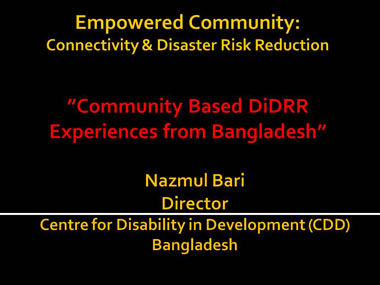 (Slide 1 text)
(Slide 1 text)
Slide 2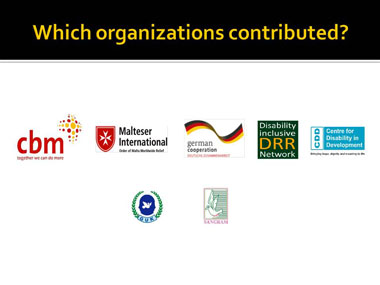 (Slide 2 text)
(Slide 2 text)
Slide 3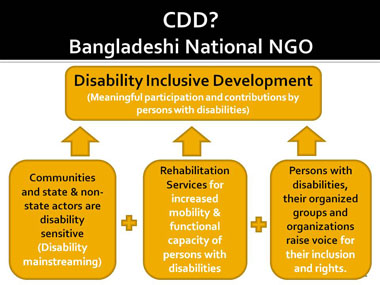 (Slide 3 text)
(Slide 3 text)
Slide 4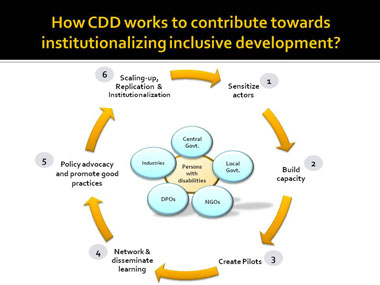 (Slide 4 text)
(Slide 4 text)
Slide 5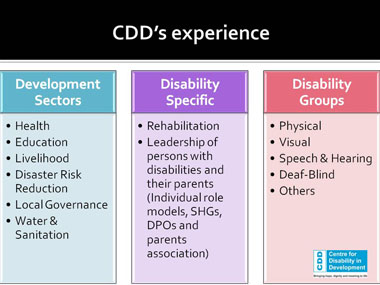 (Slide 5 text)
(Slide 5 text)
Slide 6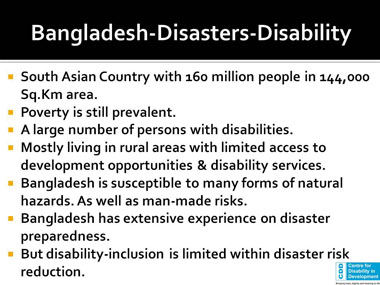 (Slide 6 text)
(Slide 6 text)
Slide 7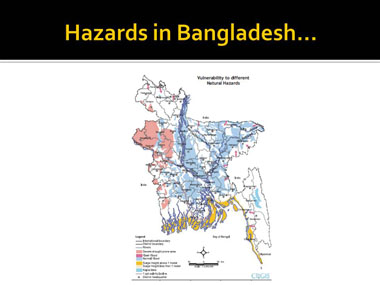 (Slide 7 text)
(Slide 7 text)
Slide 8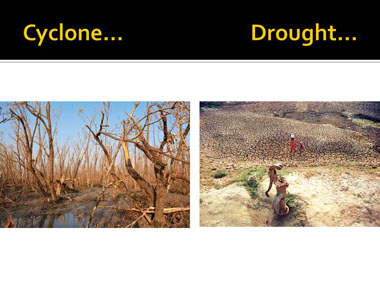 (Slide 8 text)
(Slide 8 text)
Slide 9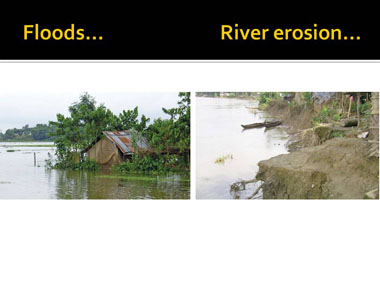 (Slide 9 text)
(Slide 9 text)
Slide 10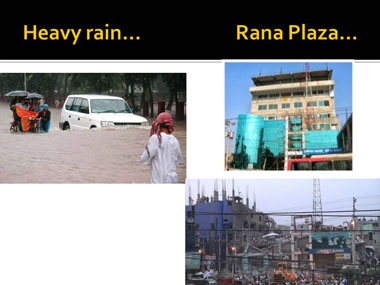 (Slide 10 text)
(Slide 10 text)
Slide 11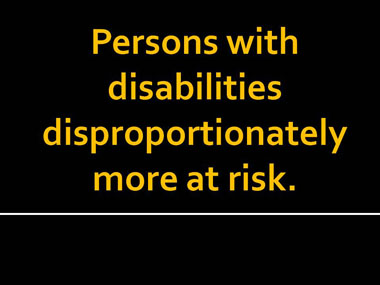 (Slide 11 text)
(Slide 11 text)
Slide 12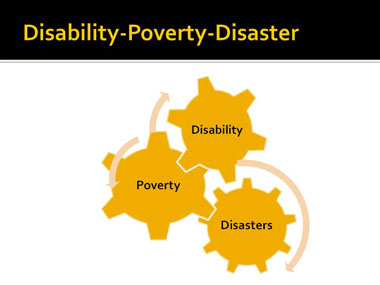 (Slide 12 text)
(Slide 12 text)
Slide 13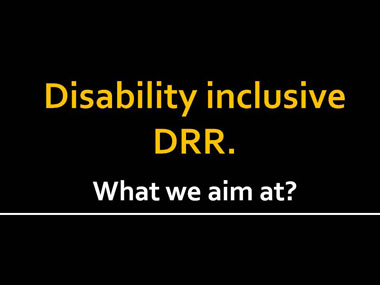 (Slide 13 text)
(Slide 13 text)
Slide 14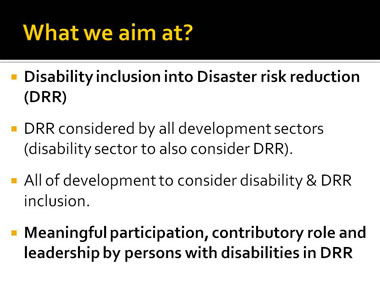 (Slide 14 text)
(Slide 14 text)
Slide 15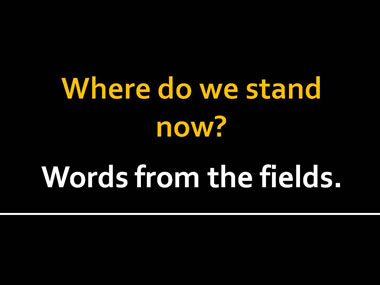 (Slide 15 text)
(Slide 15 text)
Slide 16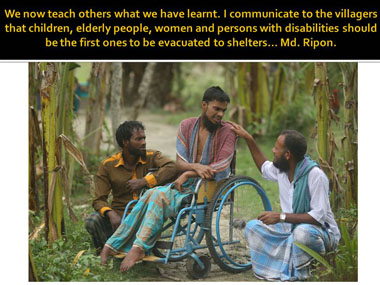 (Slide 16 text)
(Slide 16 text)
Slide 17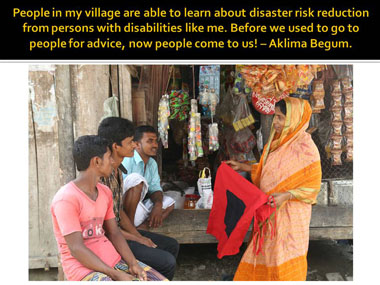 (Slide 17 text)
(Slide 17 text)
Slide 18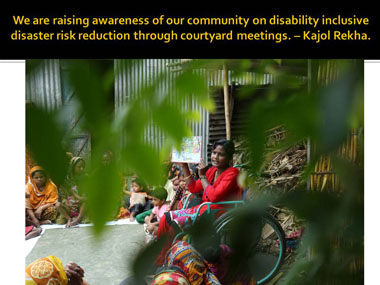 (Slide 18 text)
(Slide 18 text)
Slide 19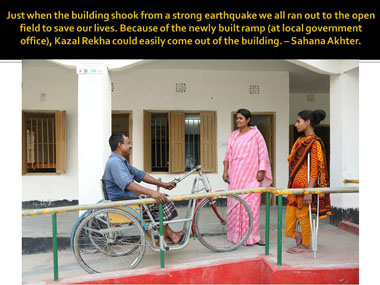 (Slide 19 text)
(Slide 19 text)
Slide 20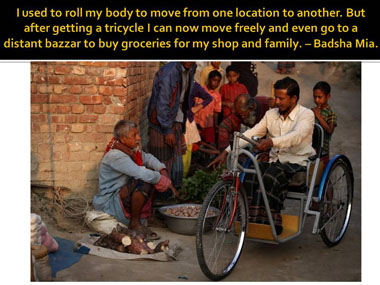 (Slide 20 text)
(Slide 20 text)
Slide 21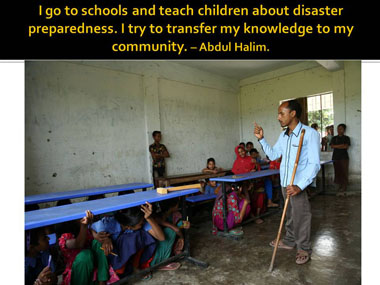 (Slide 21 text)
(Slide 21 text)
Slide 22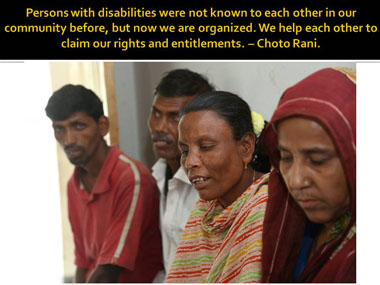 (Slide 22 text)
(Slide 22 text)
Slide 23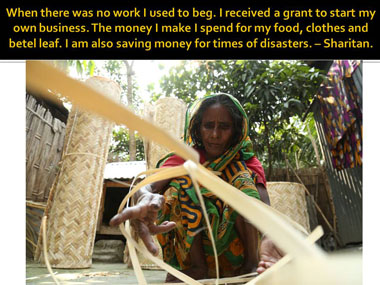 (Slide 23 text)
(Slide 23 text)
Slide 24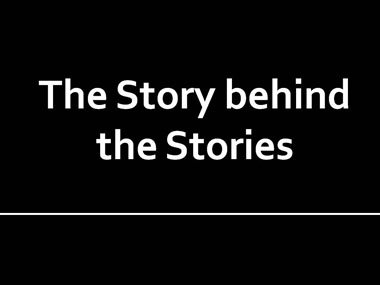 (Slide 24 text)
(Slide 24 text)
Slide 25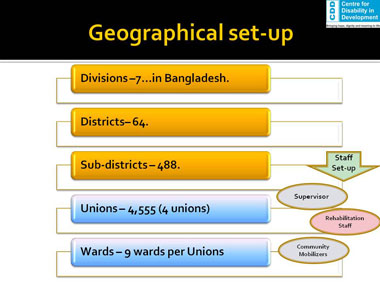 (Slide 25 text)
(Slide 25 text)
Slide 26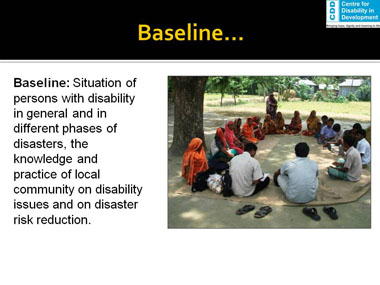 (Slide 26 text)
(Slide 26 text)
Slide 27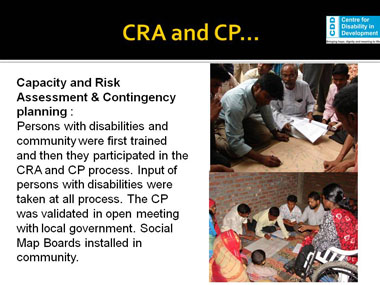 (Slide 27 text)
(Slide 27 text)
Slide 28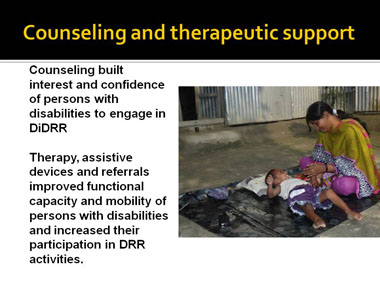 (Slide 28 text)
(Slide 28 text)
Slide 29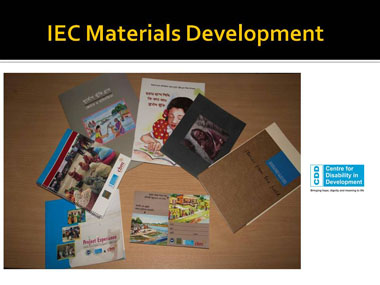 (Slide 29 text)
(Slide 29 text)
Slide 30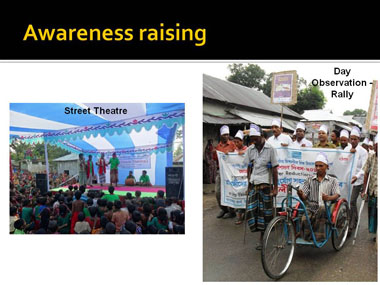 (Slide 30 text)
(Slide 30 text)
Slide 31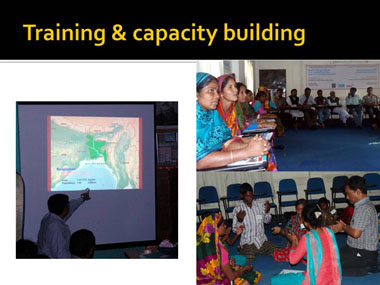 (Slide 31 text)
(Slide 31 text)
Slide 32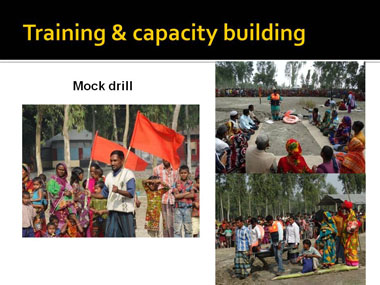 (Slide 32 text)
(Slide 32 text)
Slide 33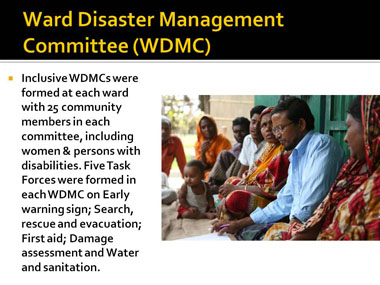 (Slide 33 text)
(Slide 33 text)
Slide 34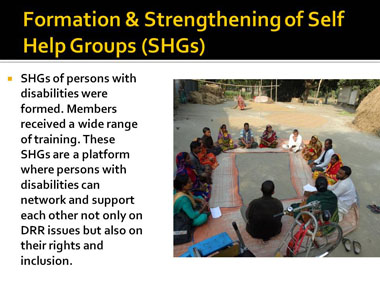 (Slide 34 text)
(Slide 34 text)
Slide 35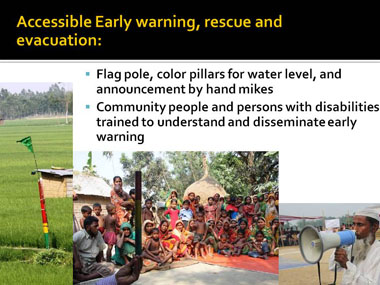 (Slide 35 text)
(Slide 35 text)
Slide 36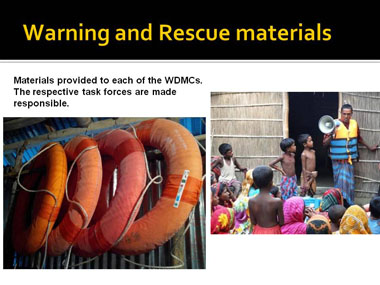 (Slide 36 text)
(Slide 36 text)
Slide 37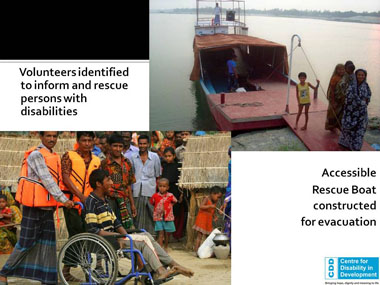 (Slide 37 text)
(Slide 37 text)
Slide 38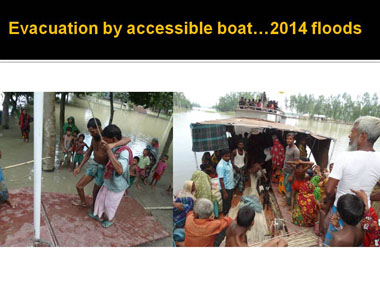 (Slide 38 text)
(Slide 38 text)
Slide 39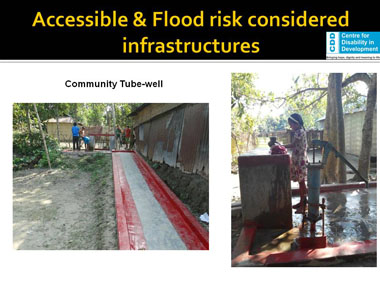 (Slide 39 text)
(Slide 39 text)
Slide 40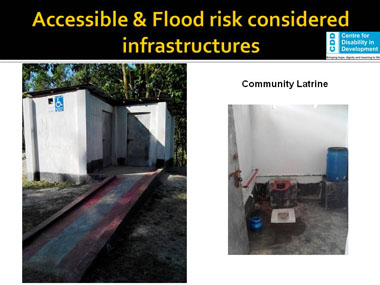 (Slide 40 text)
(Slide 40 text)
Slide 41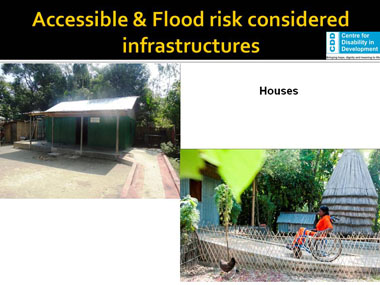 (Slide 41 text)
(Slide 41 text)
Slide 42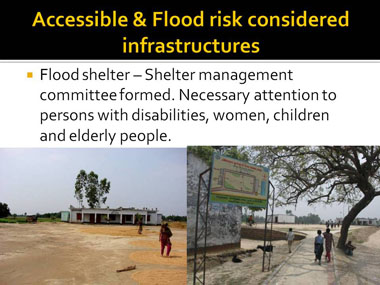 (Slide 42 text)
(Slide 42 text)
Slide 43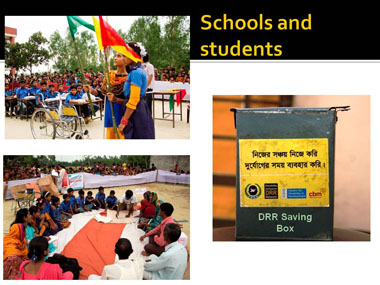 (Slide 43 text)
(Slide 43 text)
Slide 44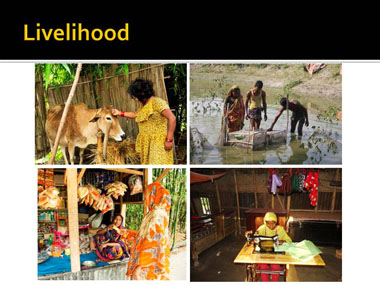 (Slide 44 text)
(Slide 44 text)
Slide 45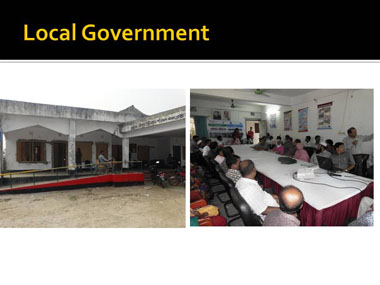 (Slide 45 text)
(Slide 45 text)
Slide 46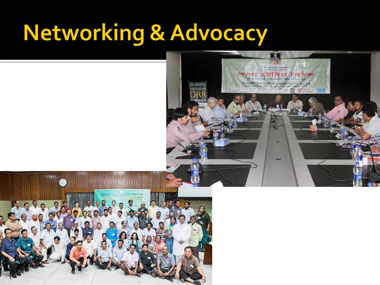 (Slide 46 text)
(Slide 46 text)
Slide 47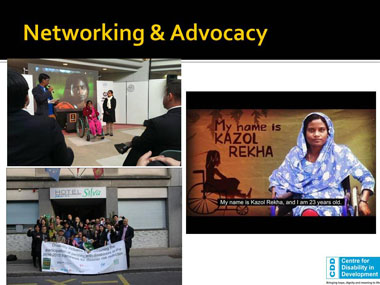 (Slide 47 text)
(Slide 47 text)
Slide 48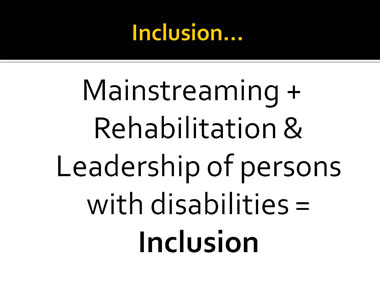 (Slide 48 text)
(Slide 48 text)
Slide 49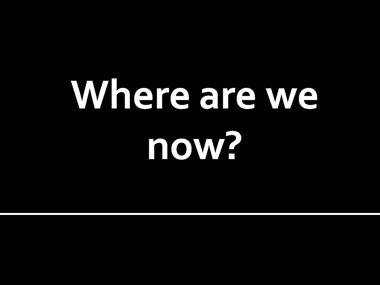 (Slide 49 text)
(Slide 49 text)
Slide 50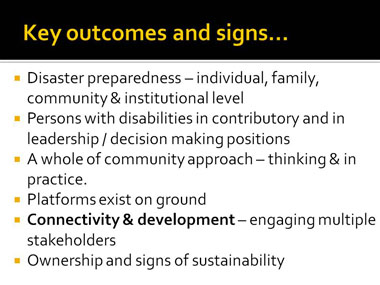 (Slide 50 text)
(Slide 50 text)
Slide 51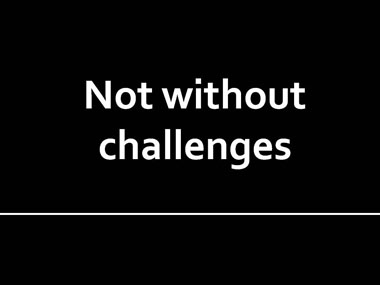 (Slide 51 text)
(Slide 51 text)
Slide 52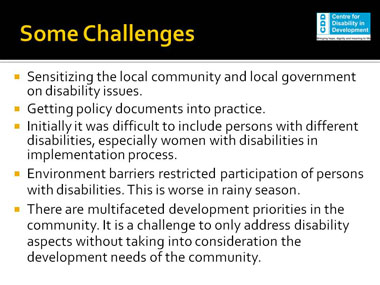 (Slide 52 text)
(Slide 52 text)
Slide 53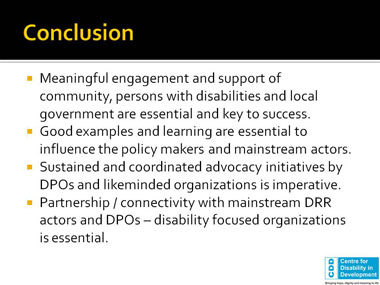 (Slide 53 text)
(Slide 53 text)
Slide 54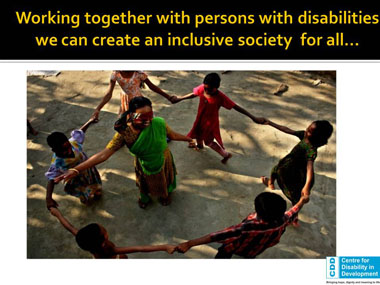 (Slide 54 text)
(Slide 54 text)
Slide 55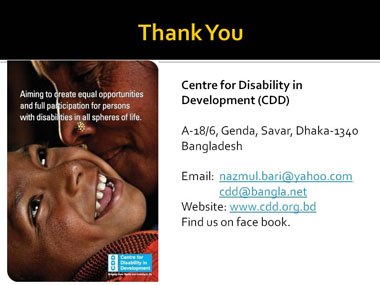 (Slide 55 text)
(Slide 55 text)
